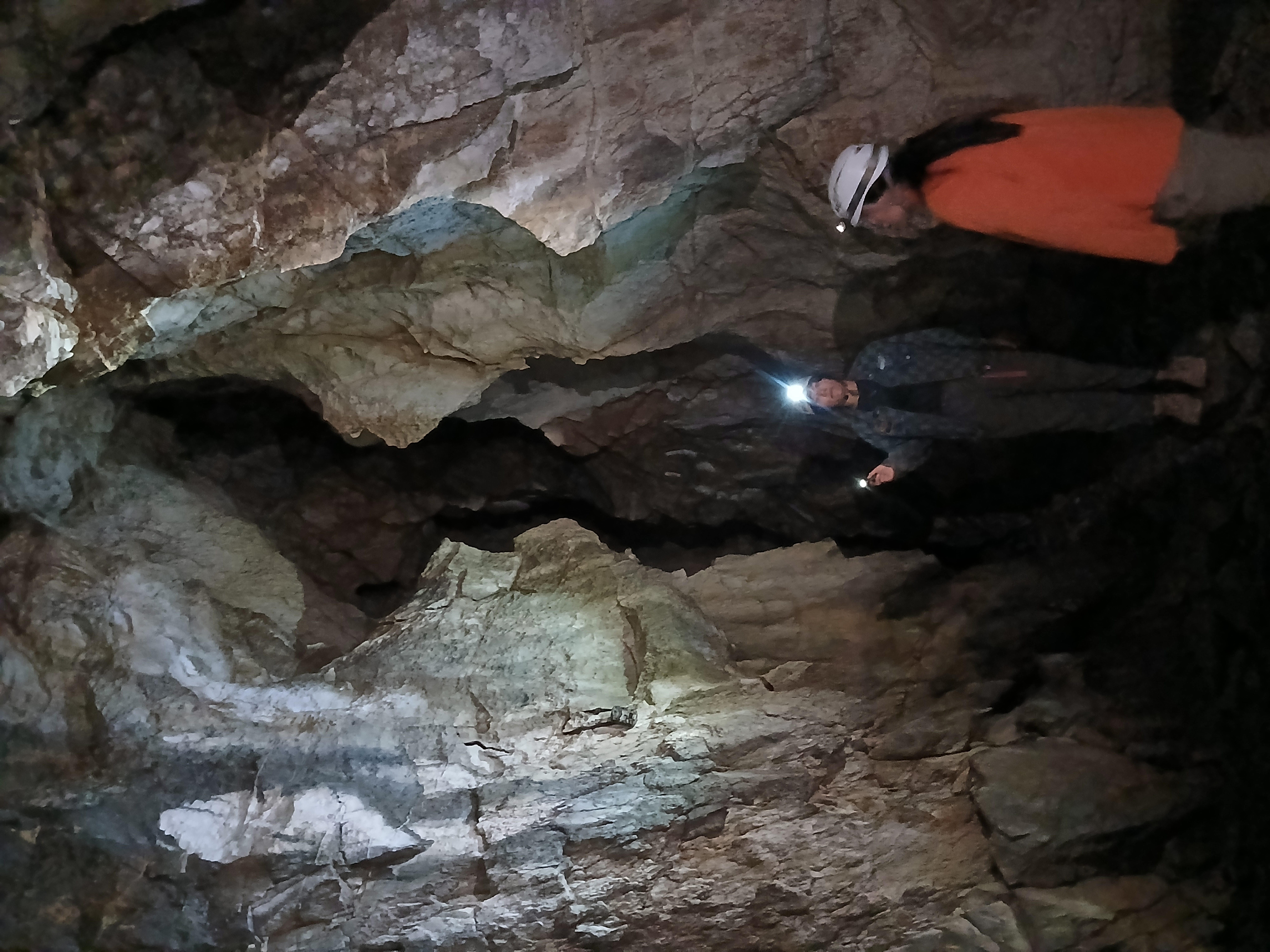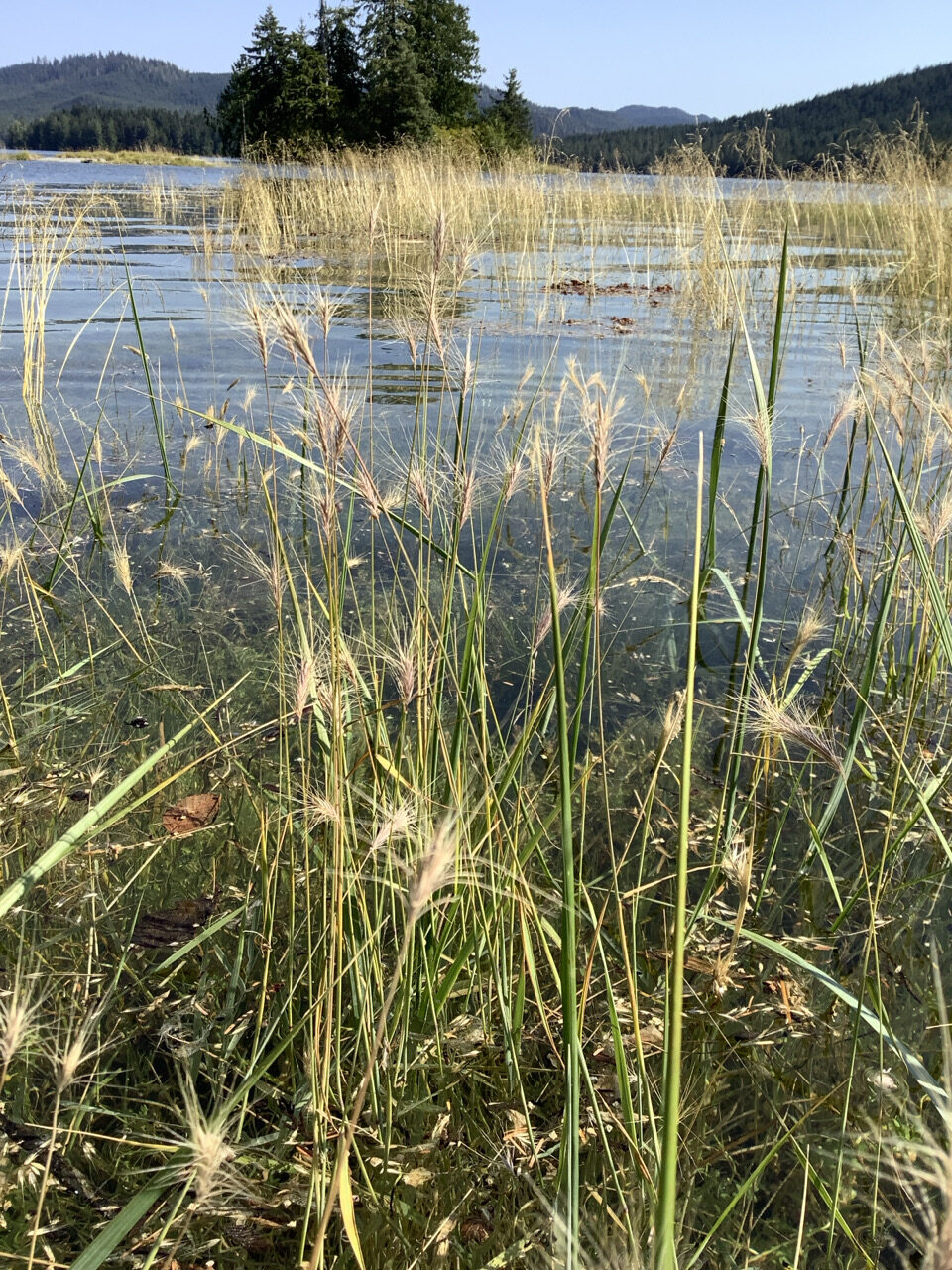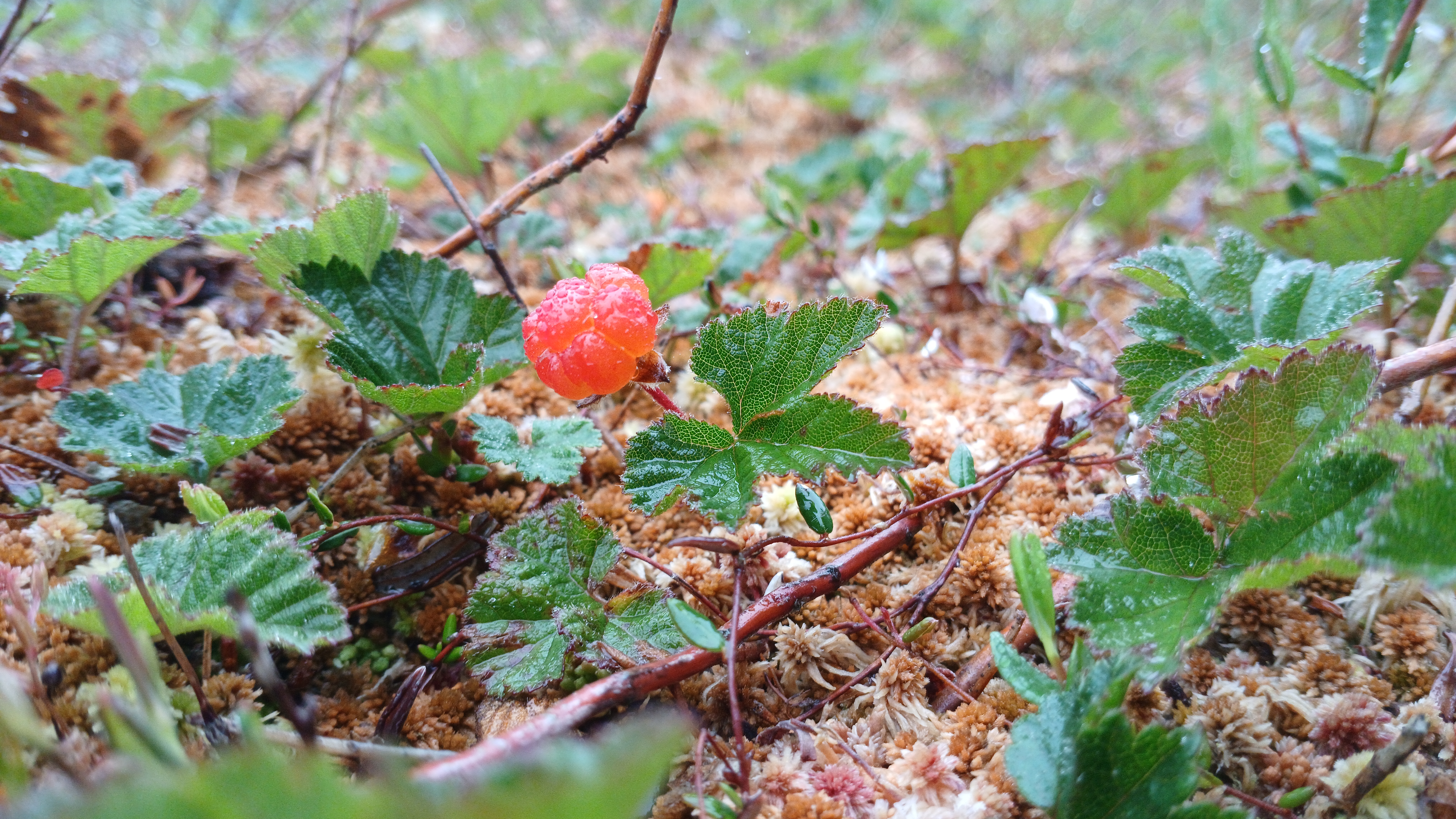Georges Seurat filled a canvas with many thousands of pointillistic dots to paint the Isle of La Grande Jatte; in the same way, many thousands of isles dot the Alaskan coastline to paint the landscape of the Alexander Archipelago. These islands – some thousands of square miles, others just barely breaking the surface at low tide – are in fact the many peaks of an underwater mountain range. Further south, they march out of the sea to form the Cascades. As glaciers retreated from here thousands of years ago, they carved the tangled fractal of fjords and channels that fill the valleys between those mountains. The soil on the hills above has had only a minute to form, in geologic time, and the cool weather further slows its formation. Little more than a few inches of gray-black muck support the conifers here, and it regularly slumps into liquefied landslides.
At first, it would seem that Prince of Wales Island would be a bit dull for a soil scientist. There are no farms here, as one might expect, so there is not much of a market for soil testing – in fact, much of the area remains unmapped in the NRCS’s soil surveys of America…in reality, the opposite is the case. Soil scientists (and their more charismatic cousins, geologists) have no shortage of curiosities awaiting them on the Tongass.

The northern half of Prince of Wales is built upon a honeycomb of karst – limestone that has been fluted by the slow drip-drip-drip of underground seeps and springs. More than 600 caves have been found on the island, with many more surely lurking deep in the forest. We toured El Capitan, the largest cave in Alaska, and even in an hour saw only the entrance. Far beyond the end of our adventure lay titanic, cave rooms hundreds of feet in every dimension – an underground cathedral in a perpetually echoic Midnight Mass, sine lux aeterna.
A few hundred feet from the cave’s mouth, we performed our most unusual (and my favorite) seed collection of the year thus far. Hordeum brachyantherum, meadow barley, grows like rice in tidal flats, flooding and drying twice a day. Emma and I scurried around a patch of it – as fast as one can scurry in rain boots, sinking into 15 inches of mud and water – collecting as much as possible before the rising tide swallowed the shore again. The rippling waves of grass and seawater under a rare cloudless sky easily made for one of my favorite sights this summer.

Elsewhere on our island, the ground sinks into bottomless pits of peat moss in muskegs. These bizarre bogs are a soil scientist’s dream and nightmare simultaneously: they consist of several spongy feet of waterlogged moss and nothing else. Muskegs are the closest thing to Indiana Jones-style quicksand pits one is likely to ever encounter in real life – one wrong step could mean disappearing into a ten-foot well of slime. (The “bog mummies” of Ireland and the Andes formed in exactly this manner; the anaerobic environment slows decay almost to a standstill.) As unearthly as these are, however, they support a fascinating diversity of plants found in few other places. Bog cranberries, cottongrass and water sedge are three muskeg-loving plants we have collected thus far. And how could I forget the day that I hiked 8 miles in driving rain to one such muskeg to pick cloudberries! These petite orange raspberries, Rubus chamaemorus, are tremendously frustrating to cultivate (I have tried) and equally laborious to pick, but absolutely worth the effort. They taste a bit like a mix between apple pie and peach yogurt. If you ever have the opportunity, I highly recommend going to the trouble of picking them.

I am always in awe of how the forces of nature are laid bare in Alaska to create a wild landscape like nowhere else. Much like the other features of the Tongass that I have written about already, Alaska’s geology has a colorful and vibrant story to tell. It dots the Pacific coast with a dizzying array of jungle islands, and produces an abundant scattering of minerals – salt, marble, uranium, and gold – that have been integral to the island’s history and environment. It is strange to think that I will only be in the Last Frontier for just over a month yet, and I have so much of this island to still explore. No doubt, it will be full of many more adventures and things to learn.
